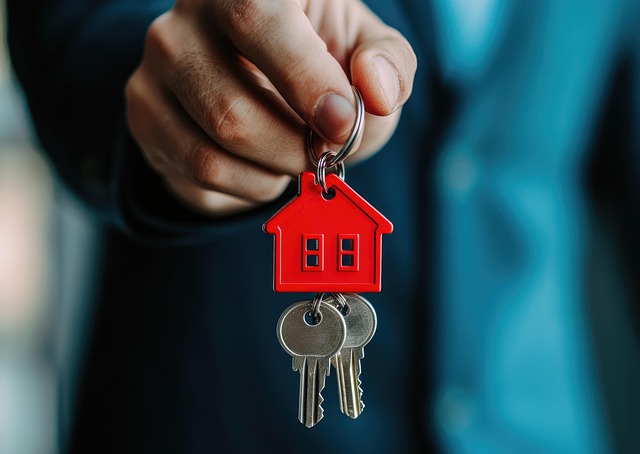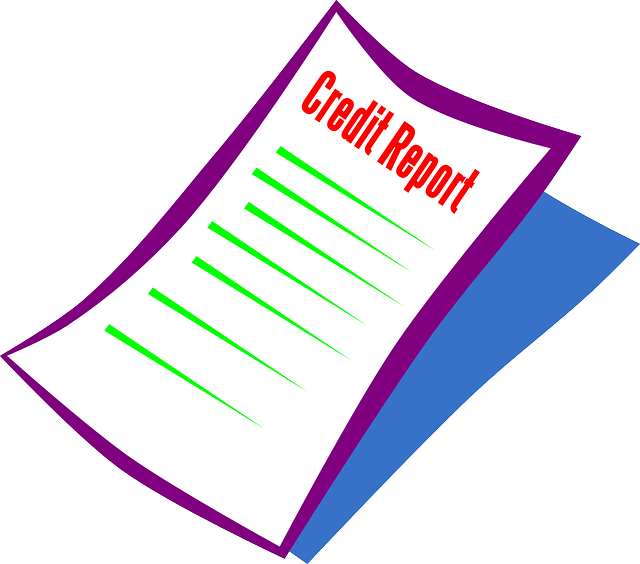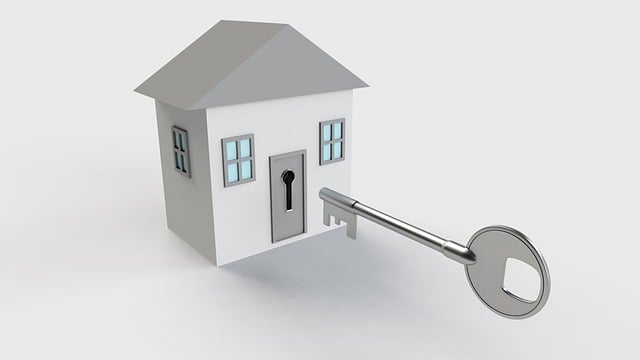In real estate, low down payments (LDPs) allow buyers to enter the market with less capital upfront, typically negotiated between buyer and seller. LDPs fund the rest through mortgages repaid over time with interest. Buyers should evaluate their budget, savings, and borrowing capabilities while considering long-term financial goals. Advantages include reduced burden and increased accessibility for first-time buyers, but may involve higher interest rates, shorter loan terms, and stricter eligibility criteria. Careful review of terms, comparison of lenders, and understanding long-term implications are crucial for informed decisions in a competitive market. Strategic planning, discipline, setting a realistic budget, tracking expenses, and building an emergency fund help save for an LDP on real estate.
In the competitive world of real estate, making a low down payment can be a significant hurdle for buyers. This article guides you through the essentials of understanding low down payments, exploring their benefits and considerations, and offering practical strategies to help you save effectively. By delving into these aspects, we aim to empower prospective homeowners to navigate the process with confidence in the dynamic real estate market.
Understanding Low Down Payments in Real Estate
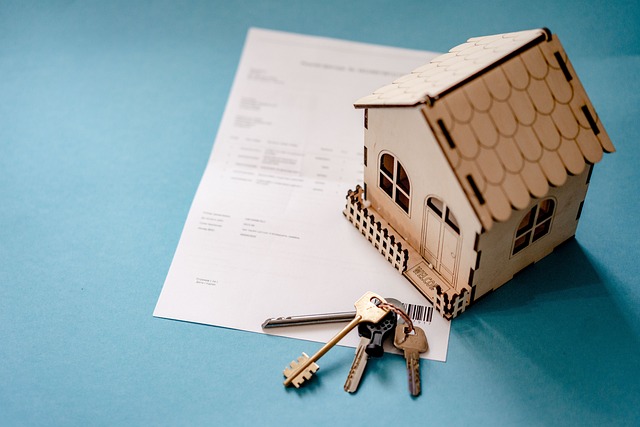
In the world of real estate, a “low down payment” refers to a modest initial investment when purchasing a property. This is typically a percentage of the overall purchase price, set by the seller or broker and negotiated by the buyer. Understanding low down payments is crucial for prospective homebuyers, as it significantly impacts their financial capability and access to the market. In many cases, a smaller down payment allows individuals or families to enter the real estate market with less capital, especially in today’s competitive environment where properties often fetch high prices.
Knowing what a low down payment entails is essential. It usually covers a portion of the property’s value, leaving the rest financed through a mortgage. This financial arrangement involves repaying the remaining balance over an agreed-upon period, with interest. In light of this, buyers should consider their budget, savings, and borrowing capabilities to determine an affordable low down payment that aligns with their long-term financial goals in real estate.
Benefits and Considerations for Buyers
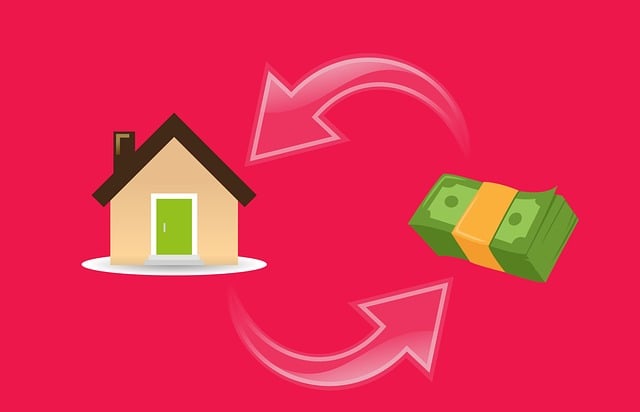
For buyers in the real estate market, properties with low down payments offer several advantages. Firstly, it significantly reduces the initial financial burden, making homeownership more accessible to a broader range of individuals and families. This is especially beneficial for first-time buyers who might have limited savings or are still establishing their credit. Lowering the entry barrier allows buyers to get into the market sooner, potentially benefiting from property appreciation over time.
When considering a low down payment option, buyers should weigh the benefits against certain drawbacks. One consideration is that these transactions often involve higher-interest rates and shorter loan terms. Additionally, some lenders may apply specific eligibility criteria, such as requiring a higher credit score or demanding private mortgage insurance (PMI). It’s crucial for potential owners to carefully review the terms and conditions of each offer, compare lenders, and understand the long-term financial implications to make an informed decision in the competitive real estate market.
Strategies to Save for a Low Down Payment

Saving for a low down payment on real estate can seem daunting, but with strategic planning and discipline, it’s achievable. One effective strategy is to start by setting a realistic budget and tracking your expenses. Identify areas where you can cut back, such as dining out or subscription services, and allocate that money towards your savings goal. Taking advantage of high-yield savings accounts or certificates of deposit (CDs) can also help accelerate your progress due to their higher interest rates.
Additionally, consider leveraging tax advantages and incentives offered by the government, like First-Time Homebuyer programs or down payment assistance funds. Exploring these options can significantly reduce the financial burden. Building an emergency fund is another crucial step; having a safety net ensures you don’t have to dip into your savings for unexpected expenses, keeping them solely for your real estate down payment.

